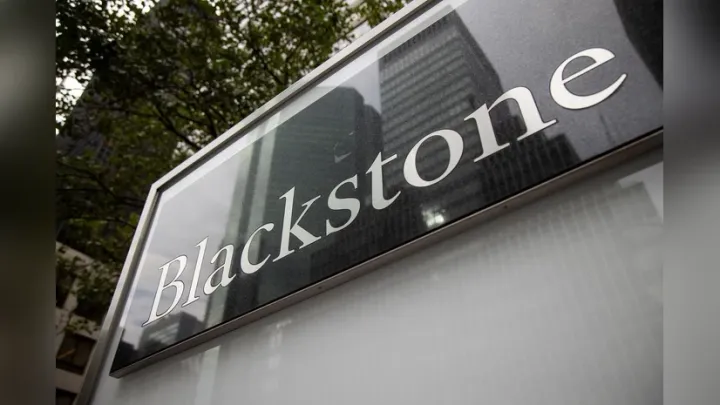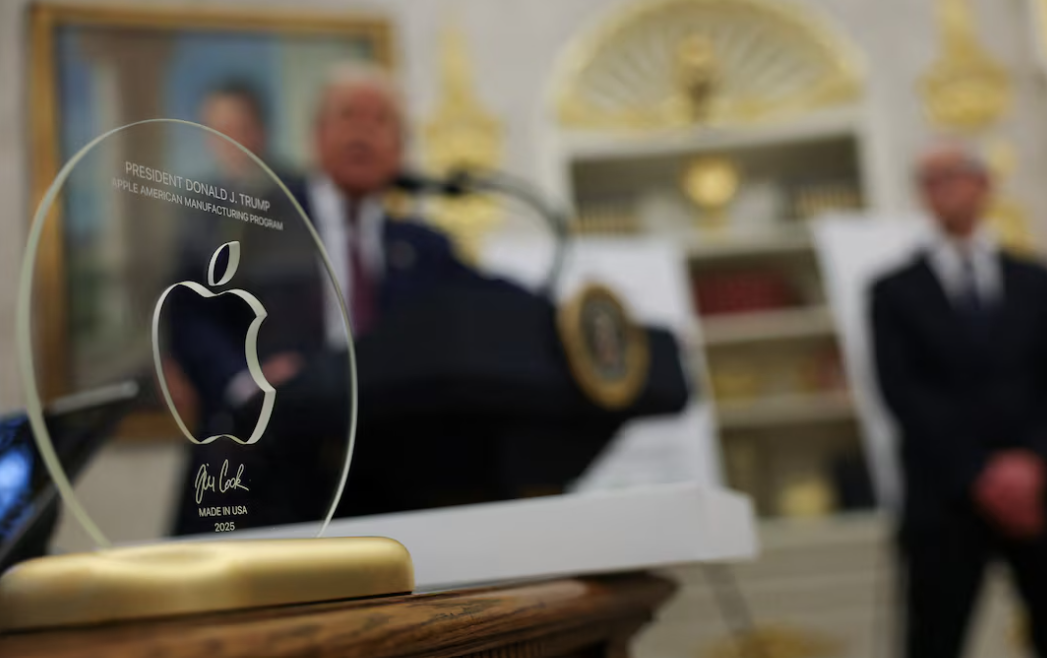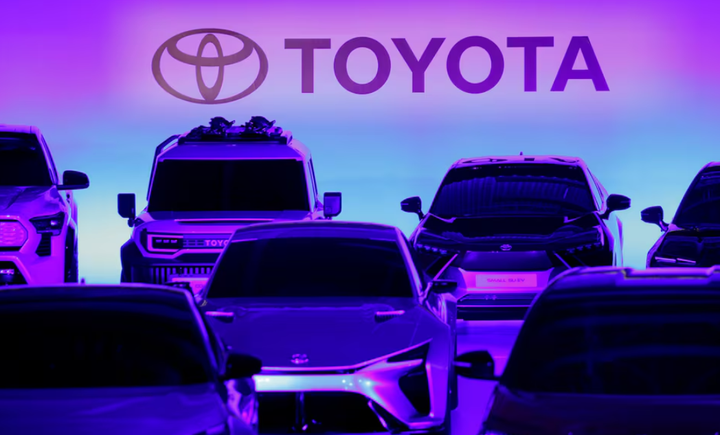Jeep Maker Stellantis Warns of a Shock $2.7 Billion Loss as Tariffs Bite

Auto behemoth Stellantis, the parent of well-known brands including Jeep, Dodge, Fiat, Chrysler, and Peugeot, has signaled a massive net loss of about 2.3 billion euros ($2.68 billion) during the first half of 2025. The loss comes primarily from the premature financial impact of U.S. tariffs and other operating issues, the company revealed Monday in initial unaudited results.
Financial Performance and Decline in Revenue
Stellantis posted a sharp decline in its half-year net revenue, putting it at 74.3 billion euros compared to last year's same period figure of 85 billion euros. The steep drop underscores the increasing pressures the automaker is experiencing as a result of shifting global trade patterns, growing industrial expenses, and unfavorable currency fluctuations. Stellantis significantly pulled out its year-long financial guidance, in response to the uncertainty in business going forward.
The firm took the odd step of releasing early financial data before publishing its planned results. The move was prompted by the gap between consensus forecasts and actual performance numbers among analysts, in a bid to give investors and stakeholders some transparency.
Changes in Leadership and Strategic Challenges
The profit warning highlights the stern challenges facing new CEO Antonio Filosa, who assumed office in May 2025 after the abrupt resignation of predecessor Carlos Tavares. Tavares' exit was occasioned by plummeting profits, dropping sales, and operational challenges, especially in the American market.
Stellantis' Milan-listed shares captured investor worries, falling 2.1% after the announcement and cutting earlier losses. The share price has declined about 39% this year to date, highlighting the market's wariness regarding the firm's near-term prospects.
Tariffs and Operating Expenses' Impact
The following weighed heavily on Stellantis' half-year financial results:
Pre-Tax Net Charges: The company absorbed about 3.3 billion euros in pre-tax net charges, an unparalleled cost burden that heavily dented profitability.
Increased Industrial Costs: Higher costs of production and supply chain disruptions adversely affected adjusted operating income.
Foreign Exchange Rate Changes: Currency exchange rates had a negative effect on earnings.
U.S. Tariffs: Stellantis estimates tariffs on imported cars imposed a 300 million euros blow on its first-half performance.
These tariffs have compelled Stellantis to modify manufacturing plans, such as intended manufacturing losses, as part of its tactical move to reduce financial consequences. The company's reaction plan also consists of managing shipments and production decisions to avoid tariff exposure.
Slumping Vehicle Shipments
The automotive group also noted a decline in second-quarter shipments that dropped to an estimated 1.4 million vehicles, down 6% year-over-year. Shipments in North America decreased more sharply by about 109,000 units, or 25% per year. The decline was primarily fueled by lower production and shipment of imported vehicles, which are more vulnerable to tariffs, as well as lower fleet channel sales.
What Lies Ahead
Stellantis is scheduled to publish its completed financials for the first half of 2025 on July 29. The automaker has a tough path ahead, caught between keeping tariff-related expenses in check while streamlining operations and restoring investor faith with new leadership.
FAQs
Why is Stellantis anticipating such a huge loss in the first half of 2025?
Stellantis' huge loss of around $2.7 billion is mainly attributed to the effect of recently introduced U.S. tariffs on imported cars, higher industrial costs, negative currency exchange rates, and huge pre-tax net charges arising from operating restructuring.
What are U.S. tariffs, and how do they impact Stellantis?
American tariffs are levies charged on imported products, including cars. These tariffs raise the price of automobiles imported into America, making them less competitive and compelling automakers such as Stellantis to incur the cost or scale down shipments. This leads to diminishing revenues and profitability.
How have automobile shipments changed for Stellantis in recent times?
Stellantis saw its vehicle shipments fall, with a 6% decline worldwide during the second quarter of 2025 and an even more precipitous 25% drop in North America, primarily as a result of lower imports and tariff-hit fleet sales.
What is the current CEO of Stellantis, and what are some challenges he might face?
Antonio Filosa replaced Carlos Tavares as CEO in May 2025. Challenges for Filosa include dealing with the financial consequences of tariffs, stabilizing sales, cutting costs, and regaining investor confidence during an uncertain market.
What is Stellantis' strategy for the remainder of 2025?
Stellantis has pulled its full-year financial guidance because of uncertainties but is looking to boost profitability through cost reduction, readjusting production strategies, and managing tariff pressures. The automaker will publish detailed results for the first half of 2025 on July 29, which will offer more clarity regarding its path.



